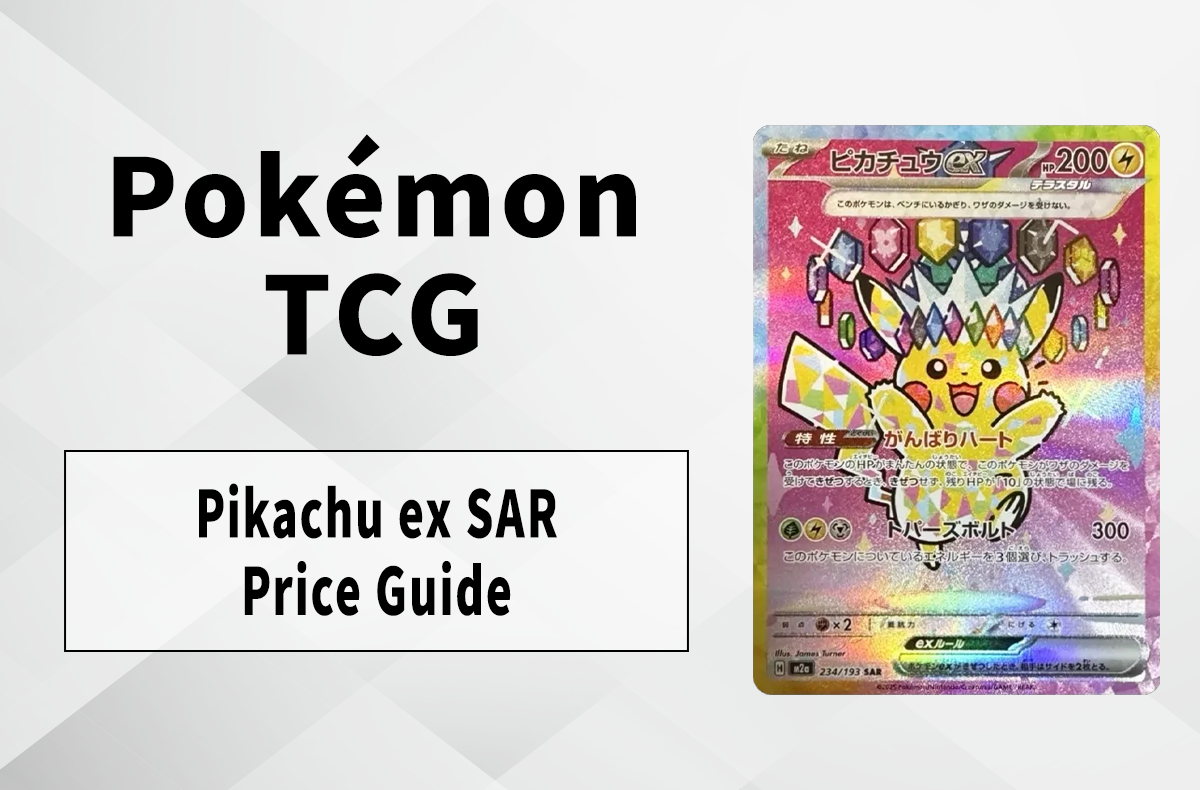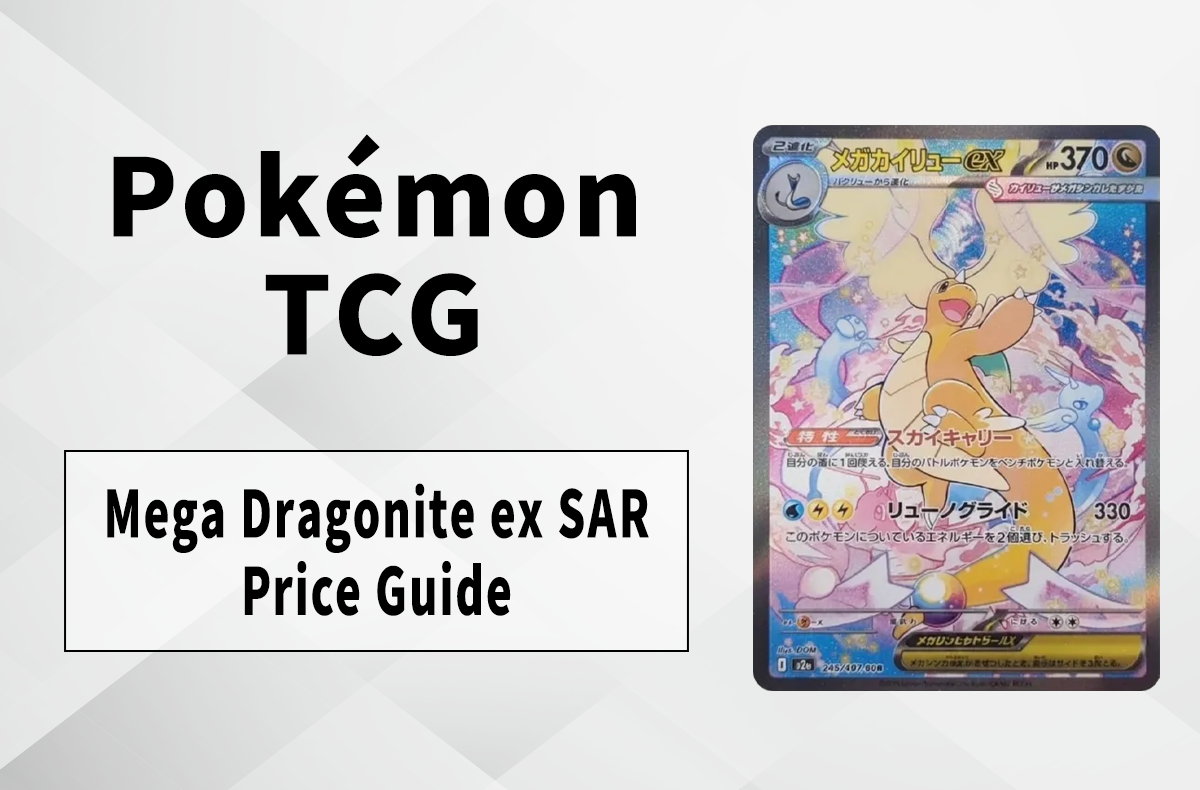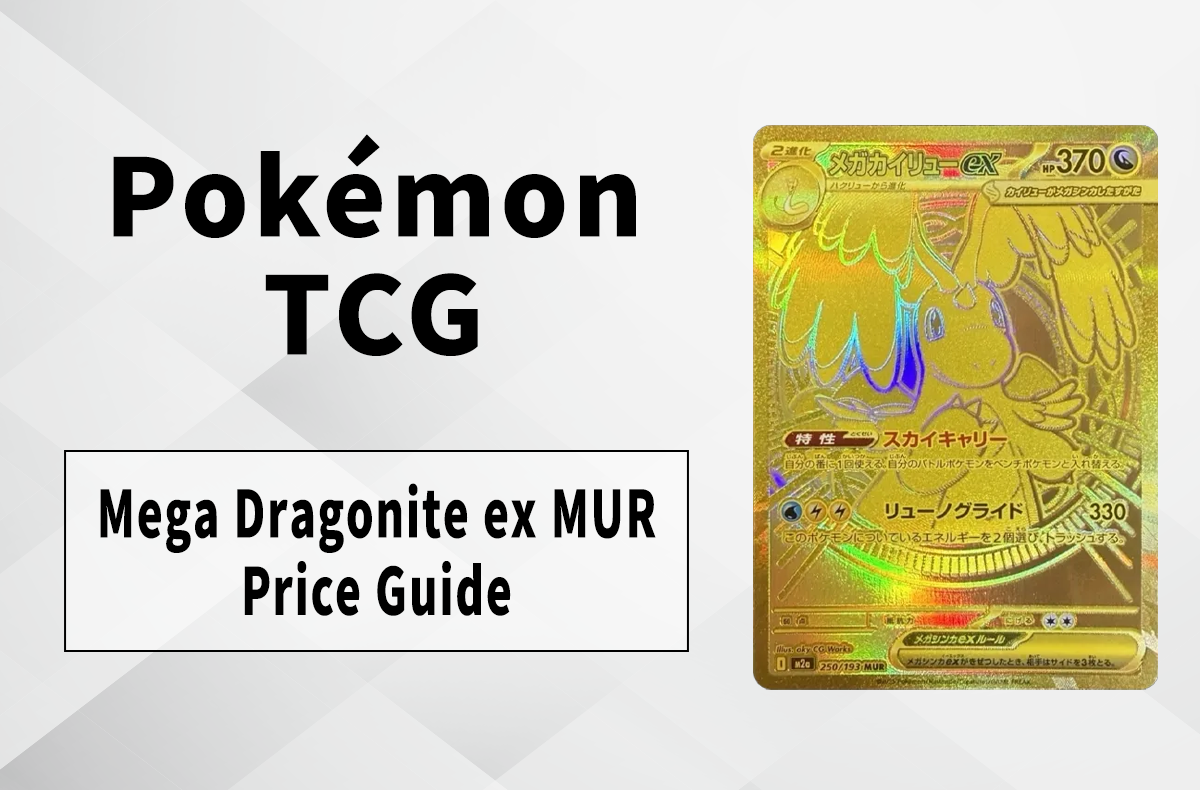Color Theory: Card/Deck Colors in the ONE PIECE Card Game And How They Work
Need a run-down on each ONE PIECE Card Game color and their respective characteristics? Well, here it is.
Anyone who’s familiar with the ONE PIECE Card Game will know that each deck has to be tied to one or two of the six colors in which every card comes—blue, green, yellow, purple, red, and black. The deck’s color will depend on the color(s) of its corresponding Leader card.
Each of the six card colors has its own defining characteristics that inform how decks are to be built and what tactics those decks are to use.

Blue ONE PIECE Card Game Cards
Blue decks tend to lean towards defensive strategies that focus on board control. They also often contain features such as mass card drawing and deck stacking. Many blue character cards are “bouncing” cards—a term given to cards with effects that return a card to the player’s hand or deck.
One unique feature of blue decks lies in the fact that some of them can have alternate win conditions. None of the other colors of deck are able to make use of this.
Many blue cards depict one of the Seven Warlords of the Sea or make reference to a character or scene from the East Blue Saga.
Some examples that illustrate the effects of blue cards include the following: the Donquixote Doflamingo card from Romance Dawn [OP-01] which allows the player to look at the top five cards of the deck, rearrange them, and finally place these rearranged cards on top or at the bottom of the deck; the Boa Hancock card from the same set which, when a DON!! card is attached and the Hancock card is attacking or on block, allows the player to draw one card if the player’s hand contains five or fewer cards; and the Three Thousand Worlds card from Pillars of Strength [OP-03] which enables the player to place a Character card with a value of 5 or less at the bottom of the deck.

Green ONE PIECE Card Game Cards
Much like blue decks, many green decks emphasize board control. A large number of green cards facilitate this by “tapping” and “untapping”—known in the ONE PIECE Card Game as “resting”—opposing or the player’s own Character cards. There are even some green cards which make use of “tapping” and “untapping” to allow an opposing Character to be attacked twice in the same turn.
Certain green cards also allow for “ramping”—meaning that when played, they allow another card to be played without forcing the player to pay that card’s DON!! cost.
Most green cards feature a character from or have relevance to the Wano Country Saga, Kid Pirates, Supernovas, or Heart Pirates.
Among the examples of cards which showcase what green cards typically do include the Yamato card from Paramount War [OP-02] which lets the player rest one of the opponent’s Character cards with a cost of 6 or less; the Trafalgar Law card from Worst Generation [ST-02] which allows the player to set any rested Supernovas or Heart Pirates card with a cost of 5 or less as active; and the Brook card from Paramount War [OP-02] which when played, enables the player to play any Film or Straw Hat Crew Character card with a cost of 3 or less from the player’s hand.

Yellow ONE PIECE Card Game Cards
Yellow decks usually employ a blend of board control and attritional strategies. Many yellow cards also make use of Life manipulation in some form.
A large number of yellow cards also make use of Trigger effects. Thus, once a player’s Character sustains damage, the player can choose to reveal the yellow card and activate its Trigger effect by revealing the card, potentially swinging a precarious situation into one which favours the player.
Often, yellow cards depict characters from the Big Mom Pirates or those featured in the Wano Country Saga.
Some of the yellow cards that highlight their typical effects include Pound from Kingdoms of Intrigue [OP-04] which allows the player to add one of the opponent’s Characters with a cost of 3 or less to the bottom of the opponent’s Life card and place it face-up, Charlotte Perospero from Pillars of Strength [OP-03] which has a Trigger effect that when activated, allows the card to be played after the player discards a card from the hand, and Thunder Bolt from the same set which enables the player to KO an opponent’s Character with a cost of 5 or less after trashing a card from the top of the player’s Life area. Thunder Bolt also has a Trigger effect which lets the player KO an opponent’s character with a cost of 5 or less.

Purple ONE PIECE Card Game Cards
Purple decks are usually relatively flexible decks that lean towards midrange strategies. Many purple cards make use of DON!! manipulation and control. DON!! ramping is also commonly seen in purple decks.
Like yellow cards, many purple cards feature Trigger effects; however, in the case of purple cards, Trigger effects primarily involve DON!! as well.
In general, most purple cards depict characters from or scenes associated with the Impel Down arc and the Water 7 Saga. Characters from the Four Emperors, Galley-La Company, and Animal Kingdom Pirates are also frequently seen on purple cards.
Some examples of cards that highlight the typical characteristics of purple cards are the promotional Uta card which lets the player add a DON!! card from the DON!! deck and rest it, the Onigashima card from Animal Kingdom Pirates [ST-04] which allows the player to add a DON!! card from the DON!! deck to the player’s cost area in rest, and Blast Breath from the same set which, upon the player’s return of one DON!! card to the DON!! deck, adds 4000 power to the player’s Leader card or one of the player’s Character cards for the next battle.

Red ONE PIECE Card Game Cards
Red decks are generally played at a rapid tempo and use blitz strategies; many red cards include the Rush feature which allows a Character card to attack during the same turn in which it is played. A significant number of red decks and cards also utilize power manipulation in order to put opponents’ Character cards in position to be KO’d—often by the use of red Event cards. Other red cards increase the power of the player’s own Characters.
Just as is the case with purple cards, DON!! manipulation is also a commonly-seen theme among red cards.
Most of the characters which are shown on red cards are associated with either the Straw Hat Pirates or Whitebeard Pirates.
Examples of archetypal red cards include the Makino card from Paramount War [OP-02] which gives 3000 extra power to one of the player’s red characters with a cost of 1, Brook from Straw Hat Crew [ST-01] which supplies the player’s Leader or one of the player’s Characters with two rested DON!! cards, and Fire Fist from Pillars of Strength [OP-03] which insta-KO’s an opponent’s Character with 5000 power or less and another with 4000 power or less.

Black ONE PIECE Card Game Cards
Finally, we come to black decks. Most black decks are centered around midrange strategies and board control mechanisms. In general, black decks tend to be defensively-oriented and highly resilient. Thus, black decks which don’t depend on midrange strategies often tend to stretch out the game via stall tactics, eventually tilting the balance in the player’s favor if all goes smoothly.
Many black cards make use of cost manipulation while some others have effects directly linked to cost and cost manipulation. There are also some which feature purely defensive effects—much more common among black cards than among any other color.
Black cards often feature characters from CP9 or the Dressrosa Saga. Scenes from that saga are frequently depicted as well.
Several examples of typical black cards include Fukurou from Pillars of Strength [OP-03] which can’t be KO’d by effects, Kuzan from Paramount War [OP-02] which enables the player to draw a card when played before reducing the cost of an opponent’s Character by 4 during that turn, and Hina from the same set which when on block, allows the player to select any of the opponent’s Characters with a cost of 6 or less and prevent that opposing Character from attacking during that turn.
Now that this run-down of all the details about ONE PIECE Card Game colors is done, it should now be easier to build a deck and plan strategies accordingly. Take into account which cards synergize best with which others, put it all together, and go right ahead.
For the latest releases, breaking news, and exclusive interviews, stay tuned to the SNKRDUNK Magazine and @snkrdunk on Instagram. Explore the SNKRDUNK App too and don’t forget to use our welcome code from the banner below before making your first purchase. Additionally, if you would like to try a pair out, visit our stores in Singapore and Japan!
More SNKRDUNK Features:
The Story of Pokémon Card 151 [SV2a]: How An Epic Pokémon TCG Set Came to Be
[TCG Throwback] Yu-Gi-Oh TCG Rising Rampage
Not “Just Another Pokémon TCG Set”: Why Pokémon Card 151 [SV2a] Matters
Better Than Heavy-Duty Boots: Top 8 Pokémon Collaborations Since 2016
[SNKRDUNK Selects] Best TCG Products To Buy Now (April 2024)




















![Supreme 25FW Week 17 Items [Release Date/Price/Where To Buy]](https://snkrdunk.s3.ap-northeast-1.amazonaws.com/en/magazine/wp-content/uploads/2025/12/16172651/20251215141711-5.jpg)
![Palace Skateboards x The North Face Purple Label “Holiday 25” Week 4 [Release Date/Price/Where To Buy]](https://snkrdunk.s3.ap-northeast-1.amazonaws.com/en/magazine/wp-content/uploads/2025/12/16171616/20251215095019-0.jpg)


![BABYMETAL x Vans Collection [Release Date/Price/Where To Buy]](https://snkrdunk.s3.ap-northeast-1.amazonaws.com/en/magazine/wp-content/uploads/2025/12/12175359/20251210091758-0.jpg)



